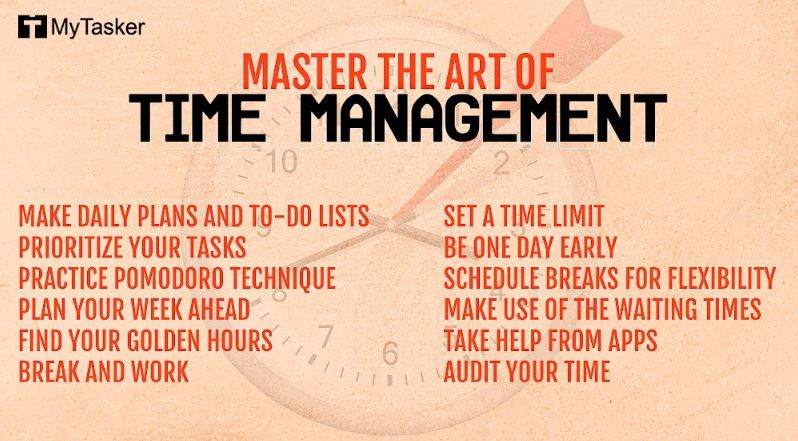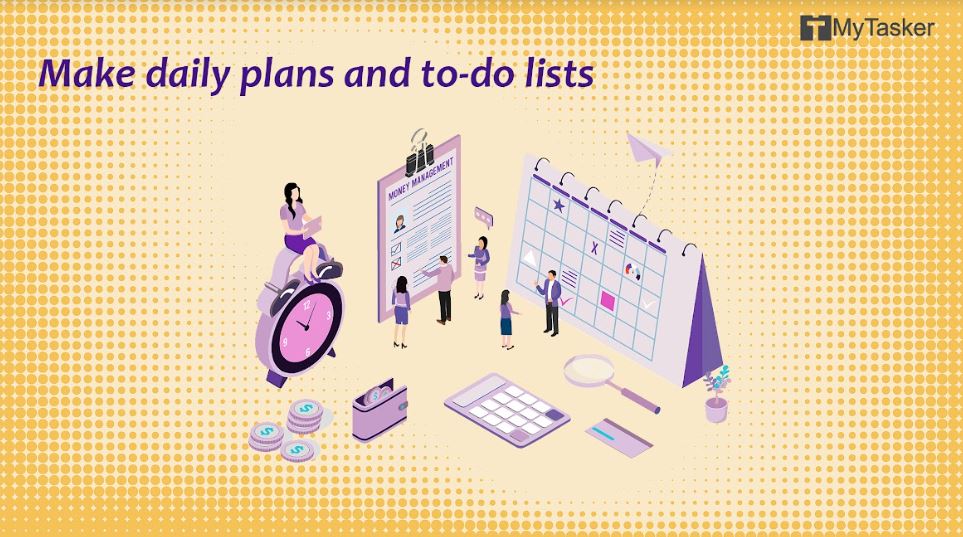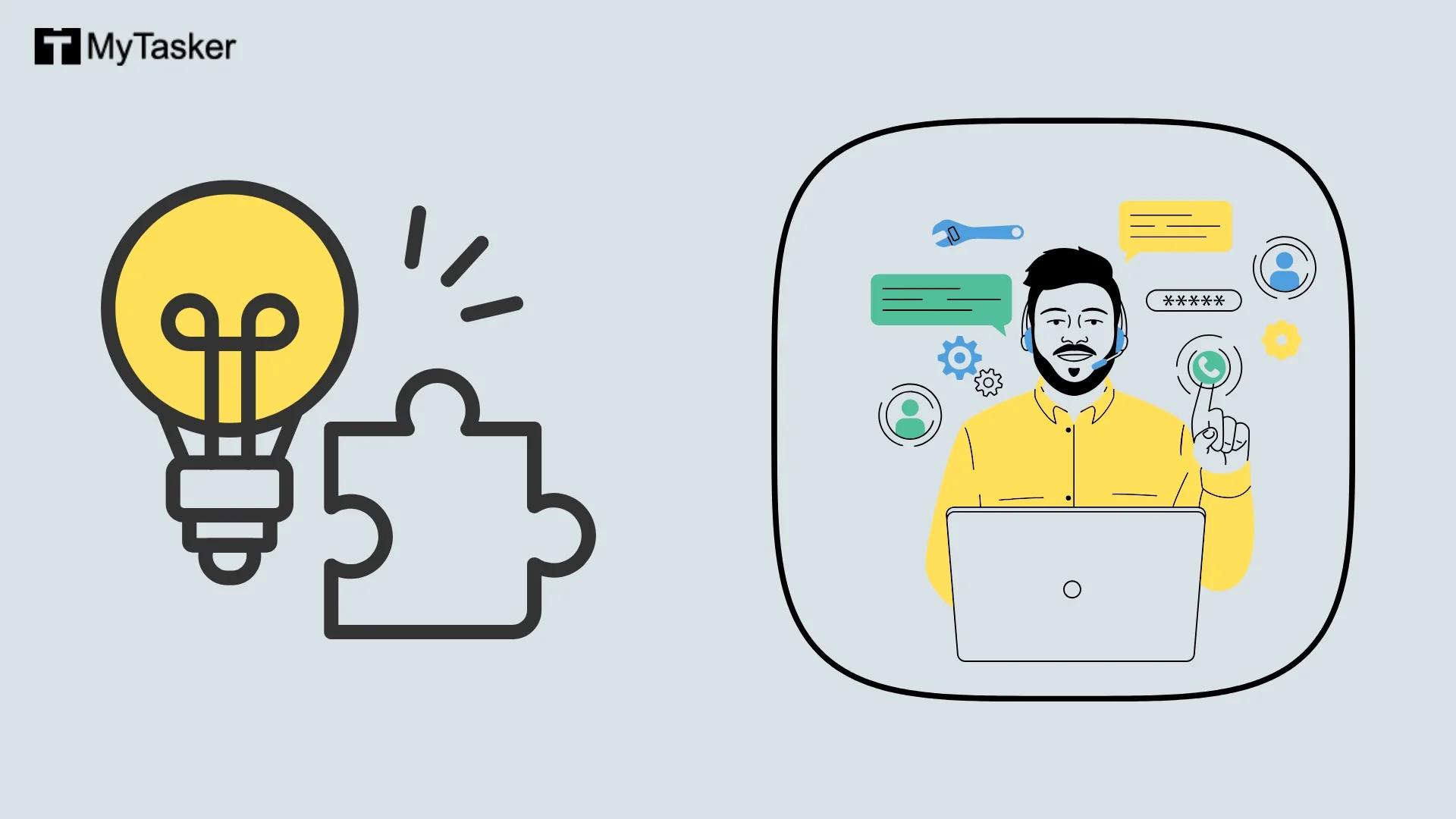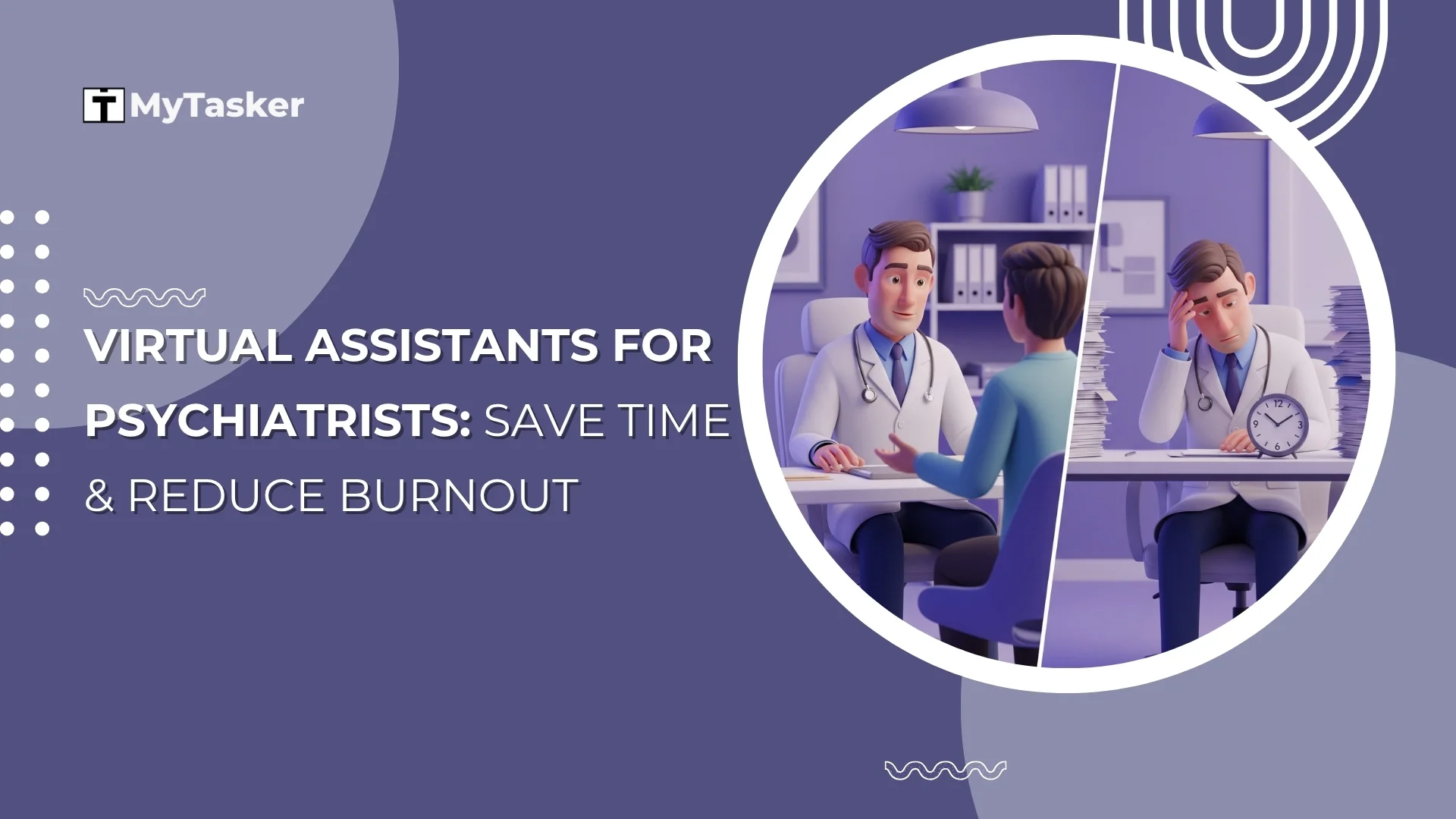Time is one of the most valuable assets that we cannot buy with money or get back once lost.
Everybody has the same 24 hours in a day, but it is up to you how to make use of this time productively and get things done quickly.
There are many top-level executives who manage more than one company and yet accomplish so much within the given limited time.
These achievers are neither born with any special talent nor do they get an extra hour during the day to complete their tasks. Yet, they have learned to maximize their productivity and achieve goals over the years.
So how do they do it? The answer lies in proper time management.
Time management is basically how you plan and control the time you spend on specific activities to complete more work in less time, lower your stress level, and enhance your performance and satisfaction.
To help you get started with the habit of managing your time, we have put together some of the best practices for managing time.
Make daily plans and to-do lists
Everybody these days lives a multi-faceted life, where they have different duties and work to perform. It is really hard to balance your personal, social, official, or academic life, and many important tasks may go amiss between the juggle.
Hence, you must note all the tasks and have a habit of maintaining a to-do list so that you do not forget any important task.
Prioritize your tasks
Not all your tasks need the same level of effort and attention to be completed. So you need to prioritize the ones that are important from the rest.
1-3-5 to-do-list strategy is an excellent way of prioritizing your daily tasks. Under this strategy, before the end of the day, you need to complete one big/important task, three tasks of medium importance, and, lastly, five tasks of trivial importance.
That way, you will be able to focus equally on all types of tasks and not just remain occupied with the big ones, consequently forgetting the smaller ones.
Practice Pomodoro technique
It is another great technique to make you focus better and manage time. Here, you divide your workday into intervals of 25 minutes (where you do your work with intense focus) with a short 5-minute break at the end of each interval.
After completing four such intervals of 25 minutes, you take a longer break of about 15–20 minutes. This way, you will have your time-limited, creating a sense of urgency to complete your work instead of squandering your time on the same task throughout the day.
Plan your week ahead
Planning is an interesting habit that we should inculcate in our everyday lives. Before the commencement of any week, sit with your to-do list and note down the days you wish to assign to each in-hand task.
At a glance, your plan should give you an overview of things that are due and deadlines to be met. Also, you need to stay disciplined and not slack off.
Find your golden hours
Your golden hours are when you are the most focused and productive. It can be late at night, early in the morning, or in the middle of the day at a busy café. Find this golden hour and make the most use of it to get your work done.
Break and work
Sometimes large projects can make you feel like procrastinating and not wanting to start attending to them at all. In such cases, you can break your work into smaller chunks that are easy to achieve. This way, the project that seemed overwhelming earlier turns into tasks that you most certainly can start working with comfortably.
Set a time limit
It's to check how long it takes to do a task of a particular nature. The first time you do it, measure how long it takes to be completed. Then the next time when you do a task of similar nature, you can measure how ahead or behind you were in completing it.
It will show two things —
- a) You will be able to note your improvement if you consume comparatively less time to do it eventually.
- b) If you realize that you took more time, consider analyzing the reason behind it to improve the next time.
Be one day early
Always be a day ahead of the deadline in completing your work. This way, if your work needs any corrections or changes or by chance, if you come across any contingency, you will not have to struggle at the last moment. And being a day early will make you less anxious or stressed about the deadline to meet.
Schedule breaks for flexibility
After completing one task, don't have another one lined up immediately. Take a break between two tasks to give yourself the flexibility if one ends up requiring more time. You can even use this break to refresh your mind and prepare well for the next task.
Make use of the waiting times
Every day we waste a lot of time waiting for different things like the bus, the food at the café, sitting in the toilet, airport terminals, etc. You can smartly use these waiting times to catch up on any important emails or messages or do a quick reading before the meeting to equip yourself better and use time wisely. It is an easy and useful tip.
Take help from apps
There are a plethora of mobile and desktop applications available that will help you track and manage your time better. Some of these apps will also block unnecessary distractions from your phone when you work so that you can focus better.
Audit your time
The last important thing left is to audit your time — how much time you spent doing a particular task, how many hours of the day you were productive, etc. Remember how you keep track of your expenses? Just do a similar thing for your time. It will tell you if you used your time wisely or not.
By practicing these 12 ways of time management, you will get more tasks done in less time and have enough free time for yourself.
There is an old saying — "time and tide wait for none." So, you, too, have to keep moving with it or be left behind.
So, go ahead and get started with learning to properly manage your time today itself.

















